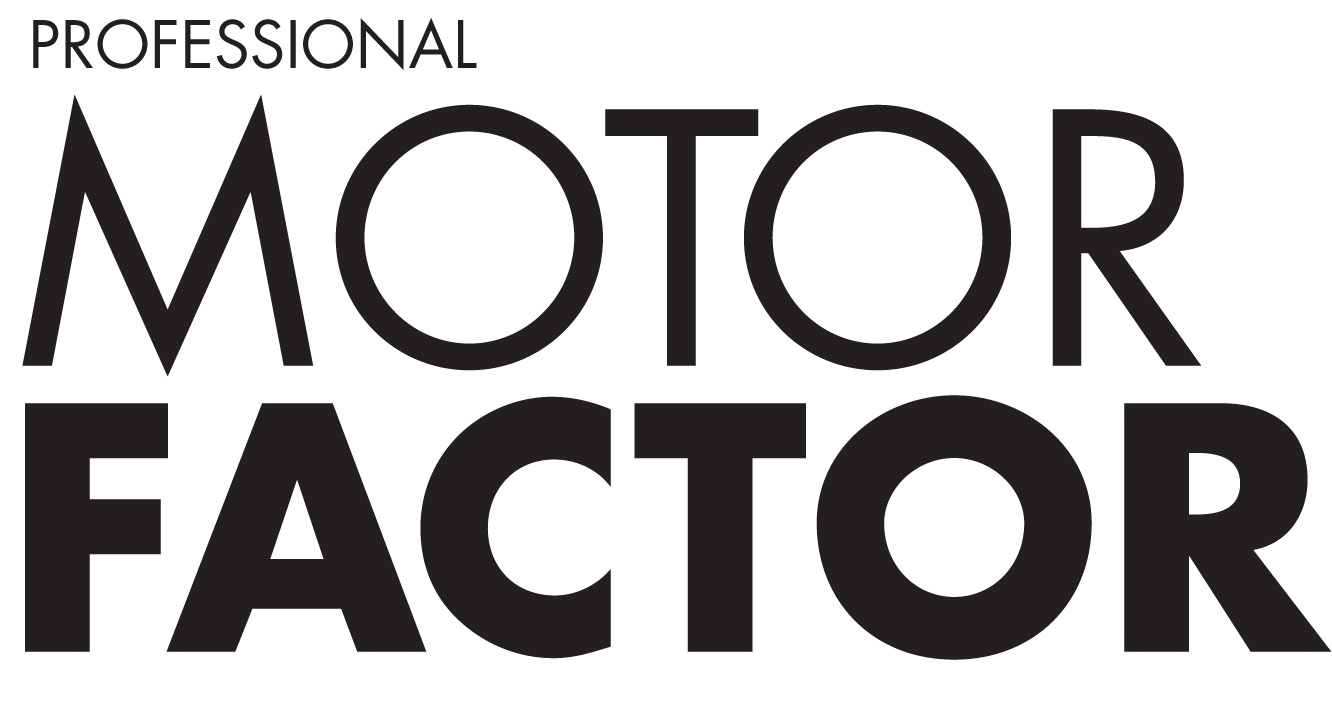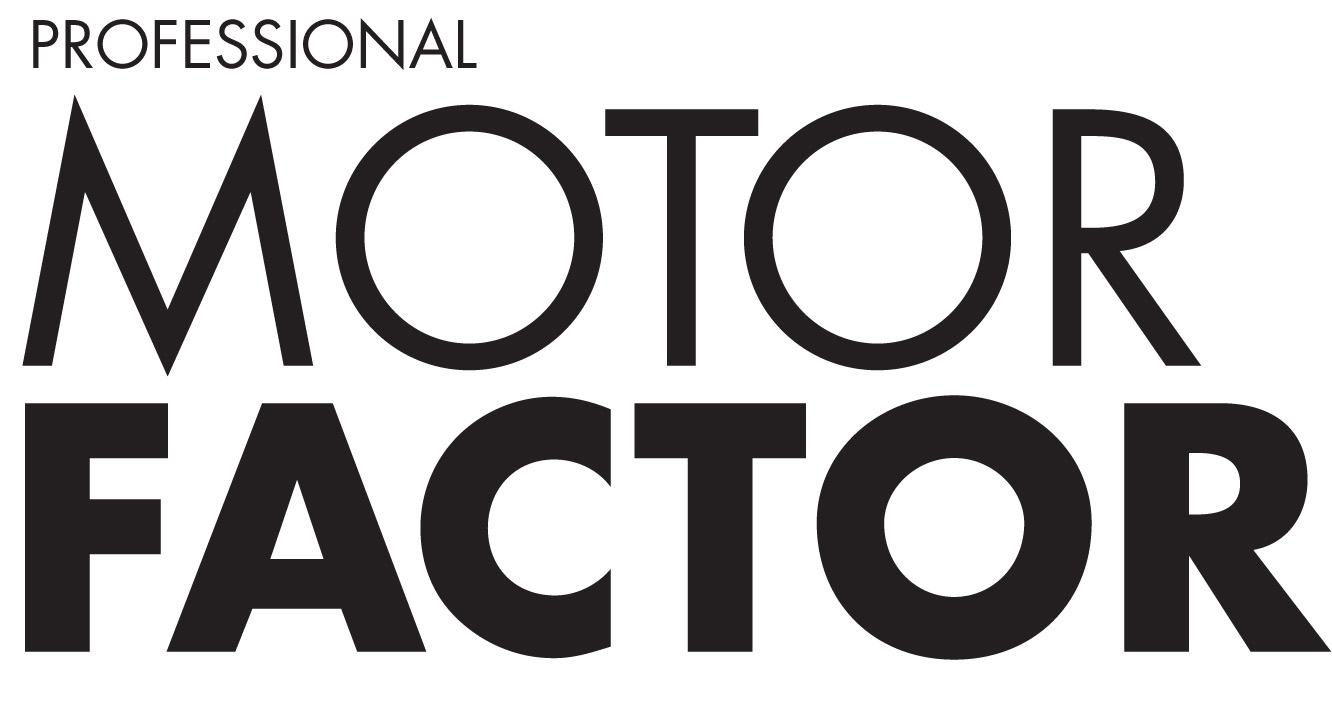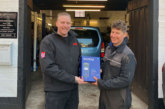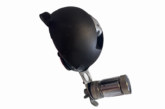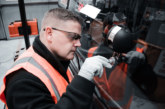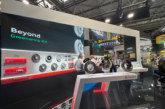FAI discusses business acquisition

FAI – Head of Product and Marketing, Peter Garrett, steps up to answer our questions about the direction of the business. After its acquisition in 2021, how have things changed and what should the trade look out for in the future?
Q. Pete, thank you for joining us. FAI is a well-known brand in the trade, one that has gone through changes in recent times – arguably, the most notable is the takeover by Motus back in 2021 – and this is the first time we’ve been able to have a conversation about the direction of FAI since, so can you outline how the company has restructured?
A. FAI – for many of our customers – appears unchanged for the most part since the Motus Aftermarket Parts (MAP) acquisition. The main reason for this is that MAP recognised a great opportunity in us, centred around a longstanding team; therefore, when customers interacted with the company post-2021, relationships were maintained with customers’ needs met as they always had been.
Moving forward, MAP has had a really positive impact on the business, moving us into an accelerated mode, where product groups can be quickly expanded and large new product groups added.
In recent months, our product development team has focused on bolstering product ranges, getting ready for a new launch and developing ranges that our customers have not seen from us in the past.

Q. Building on that, how has the integration with Motus impacted relationships with customers? Have you noticed any shifts in expectations or opportunities as a result of the restructure?
A. I’m sure some of our customers won’t have heard of MAP, but to a large degree, the word has spread about our corporate South Africanbased parent company. MAP has provided speed and flexibility that I liken to FAI changing from a sturdy ship, difficult to turn, into a speedboat – fast to react. Essentially, the wish list of projects within what was a family-owned business is now coming to fruition.
Q. FAI has been proud of its commitment to supporting factors and workshops – through product education, marketing or technical support – how has that evolved and what more can the trade expect going forward?
A. We take the need to assist the chain of sale in all forms of product-related guidance seriously, having a dedicated team to answer any query not covered in our literature. To ensure we bolster this offering to customers, we appointed the post of head of technical in June 2025. Peter Eagle has over 35 years of experience in the automotive industry, all of which he will put to use in providing customers with a new level of support moving forward.
Q. With a wide range of product categories in FAI’s portfolio, which would you say the company is best known for – and which are seeing the most demand right now?
A. We have maintained three main customer types in the UK: buying groups, independent factors and engine specialists. Grown from an engine heritage, we have become well-known for engine sealing products, valve train and, later, for engine timing. These product groups have provided a core offering, supplying a loyal customer base that we still enjoy today.
The early 2000s saw us invest in the development of a steering and suspension range, which has proved popular. We understood that the offering had to be competitive – but always with an emphasis on quality. The move into chassis components helped cement the brand with a countrywide network of motor factors.
The strategy of implementing quality ranges and maintaining customer relationships has secured good demand for our larger product groups. In recent years, we have added ranges, such as camshaft kits, sump pans and valve covers, seeing high demand from launch.
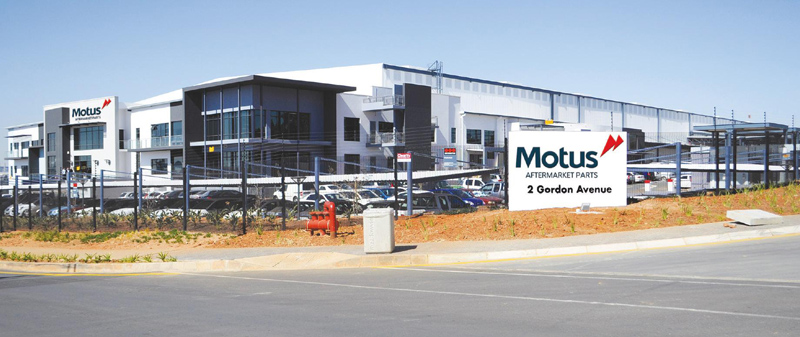
Q. FAI has been a resident of Leighton Buzzard since its inception – and continues to be today – can you explain how the company has benefited from that and the role the location has made in terms of growth and operations, leading to its ability to service customers quickly and efficiently?
A. Our Leighton Buzzard site is where many of our employees have called home for decades. I can honestly say that it was part strategy – and in some cases part luck – that we were able to expand into 70% of the industrial estate. Now with five units, all as one internally, providing efficient picking operations and a further four opposite that house our bulk stock. Centrally located, the site has worked well for employing the skills required and has excellent offerings from freight companies to service customer needs.
Q. How is FAI ensuring product availability and delivery performance, especially in a climate where supply chain resilience is still a hot topic?
A. The last few years have been a challenge, what with COVID-19 and conflicts providing ebbs and flows in both demand and supply channels. We have a great purchasing team that has navigated us – excuse the pun! – through these situations. With a combination of industry knowledge, forecasting and investment in fast-moving stock, we have catered to customer needs.
Q. During our discussions before this interview, you acknowledged that FAI has been relatively quiet in the media – but that’s about to change – why has FAI decided now is the time to make a push?
A. As previously mentioned, we have had a company-wide focus on what products – we as a business and our customer base – would benefit the market. Projects such as these take time to propagate, while many of our customers know our traditional offering. Now is a perfect time to discuss the next chapter of FAI and exciting new launches, such as control cables, filters and braking.

Q. How do these reflect FAI’s broader strategy and direction in the trade?
A. We will always maintain our core values and engine product groups, but, with an experienced team and the backing of MAP, broadening our portfolio will give customers more choice within a trusted brand.
The new launch of control cables is a good example of a product range that required expansion from its initial introduction. The range now consists of over 800 references, with brake cables accounting for 600 part numbers, covering 92% vehicle parc.
Gear cables represent a focused range of 200-plus references for applications with high failure rates, such as LCVs.
Again, we hold quality as the cornerstone of our expansion strategy, with all cables matching or exceeding OE specifications. We’re looking forward to engaging with our customers with this massively expanded offer.
Q. What are FAI’s priorities for the rest of 2025 and beyond?
A. As you can see, we’re not looking to stand still as a business. We will be looking to expand the team as new projects are currently in the works. I’d like to say more but all will be revealed later in the year.
